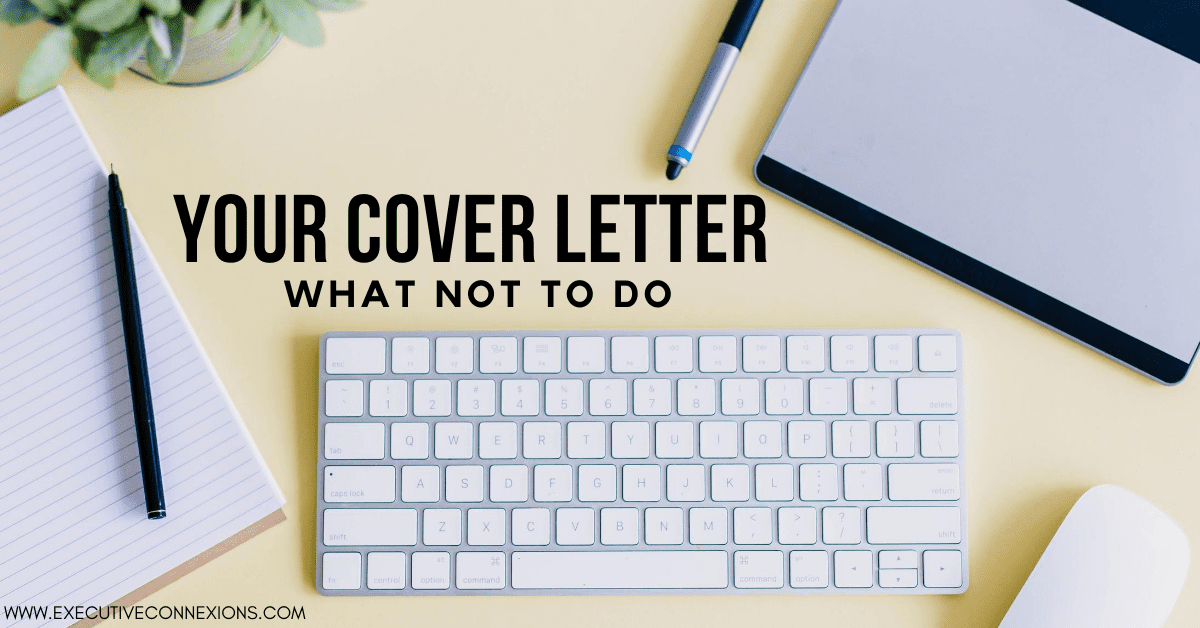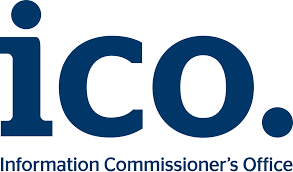Let’s jump straight in; here’s what to avoid.
Address ‘somebody’
Stay away from the generic, ‘Dear Sir/Madam’ or ‘To Whom It May Concern’. Find out who will be perusing the cover letters, and address that person. Make the effort here; first impressions count!
The same goes for the rest of your cover letter. Step away from a one-size-fits-all approach; tailor-make your cover to the role as advertised.
The impartial/external sounding board
Spelling, grammar, language, layout. Get it right. Grammatical and spelling errors mean you land in the rubbish bin. Read over your cover letter again, ask someone to read over it for you with a critical eye – a career coach can help even with this seemingly menial task! Conduct a spell and language check on your computer. With that goes your cover letter layout and length; use paragraphs, say enough to grab the recruiter or employer’s attention, but remain succinct.
We suggest a 2-3 line opener. Then, nail the most impressive parts of your CV in no more than 3-6 bullet points. Use tangible results, that which is measurable – i.e. show percentages, monetary value. Add another 2-3 lines to close. That’s it! In essence, keep your cover letter short.
Don’t say who you know you are not
Avoid the unbelievable! Be informed about the role’s expectations and reflect that back in your closing lines but remain authentic. Consider what your value-add be to the company could be – pen what is optimistic, but realistic.
Call to action
Too often cover letters are sent into a deep dark abyss with little opportunity for follow up. Set the scene and enable yourself to get back in touch. Be in the driver’s seat here, add a ‘call to action’ at the end of your letter. Then, set a limit to your follow-ups should you hear nothing back – we say, three tries and that’s it. No eggs in one basket here, there are other positions to pursue.
The hook
If there’s a hook, add one. The hook: that thing that will help build rapport with the recipient of your cover letter. For example: ‘I see we both did our MBA at [fill in institution name here]’. To gain a good hook research is vital; try using LinkedIn, or Google the person you’re writing to.
Consider a hook carefully; dismiss it if it can fail. Nothing nuanced will work here, and avoid a hook that looks like you’re trying to win favour, so add it as a PS.
Okay, byeeee
Don’t get caught by sending your cover letter without the appropriate contact details in a distinctive space in your letter. Add your mobile number and LinkedIn profile URL. Avoid straplines that include quotes or other messages that may detract from that which you want the recruiter or employer to see. Try to include a call to action, eg Please give me a call to discuss on my mobile.











